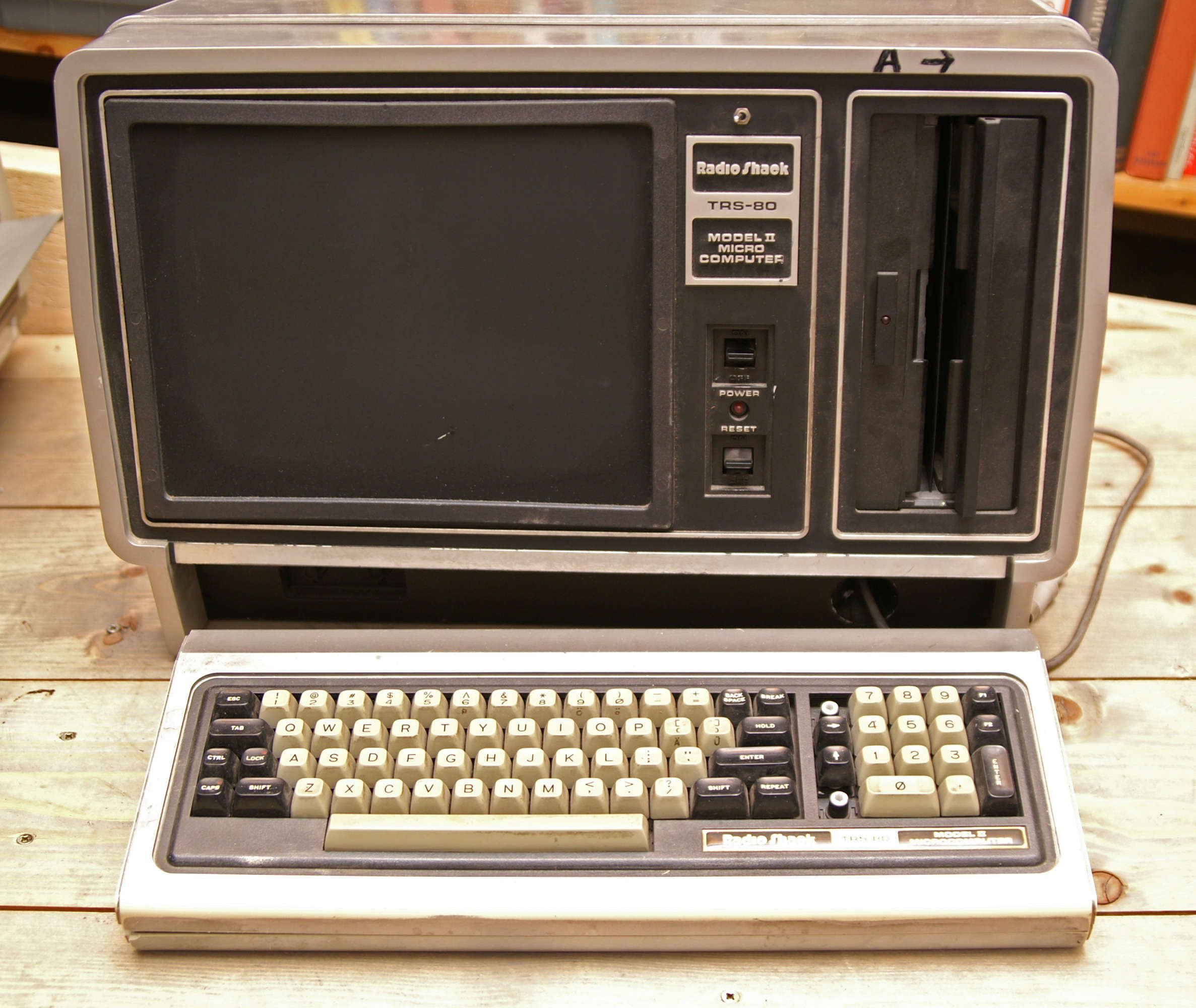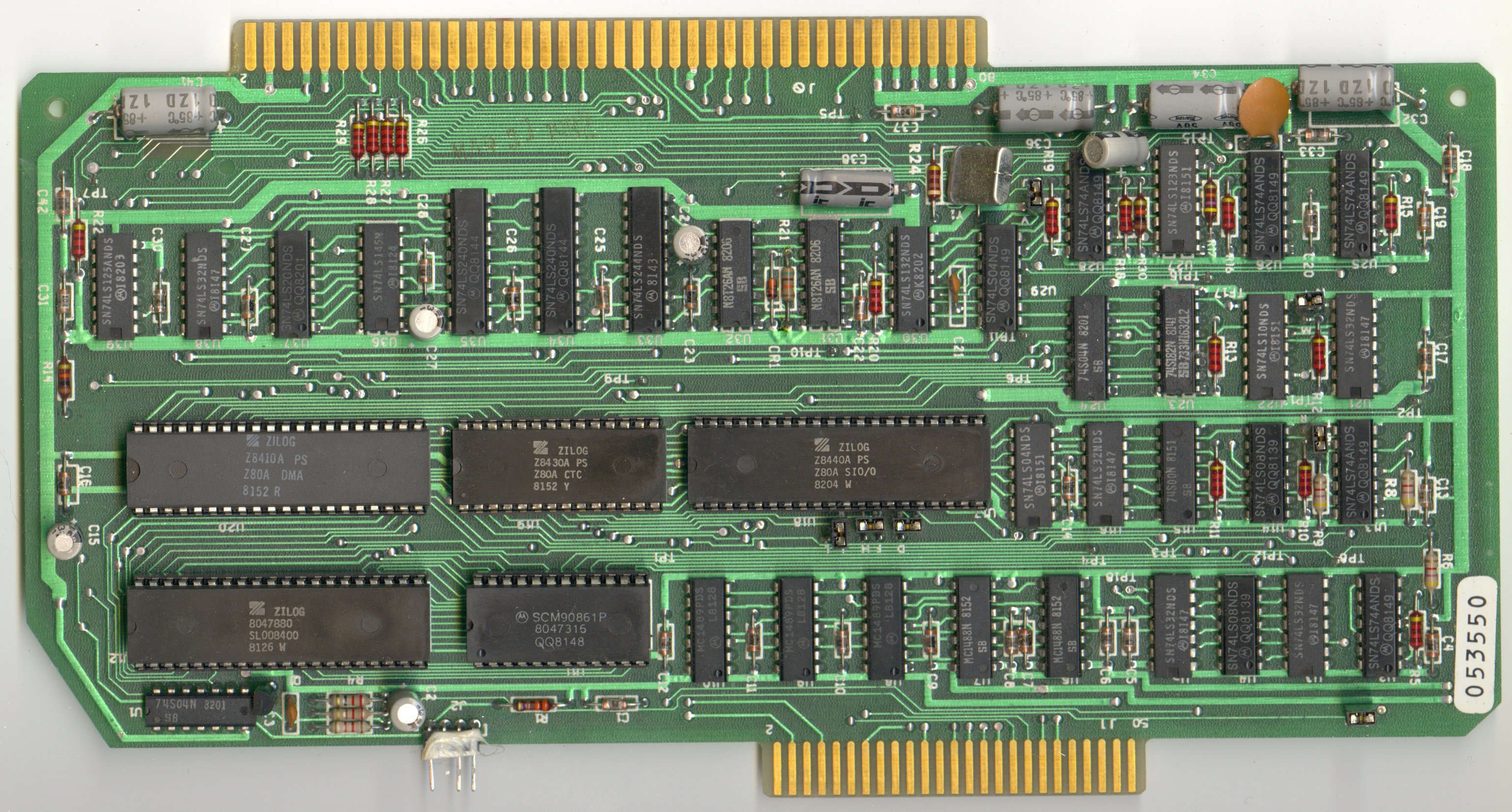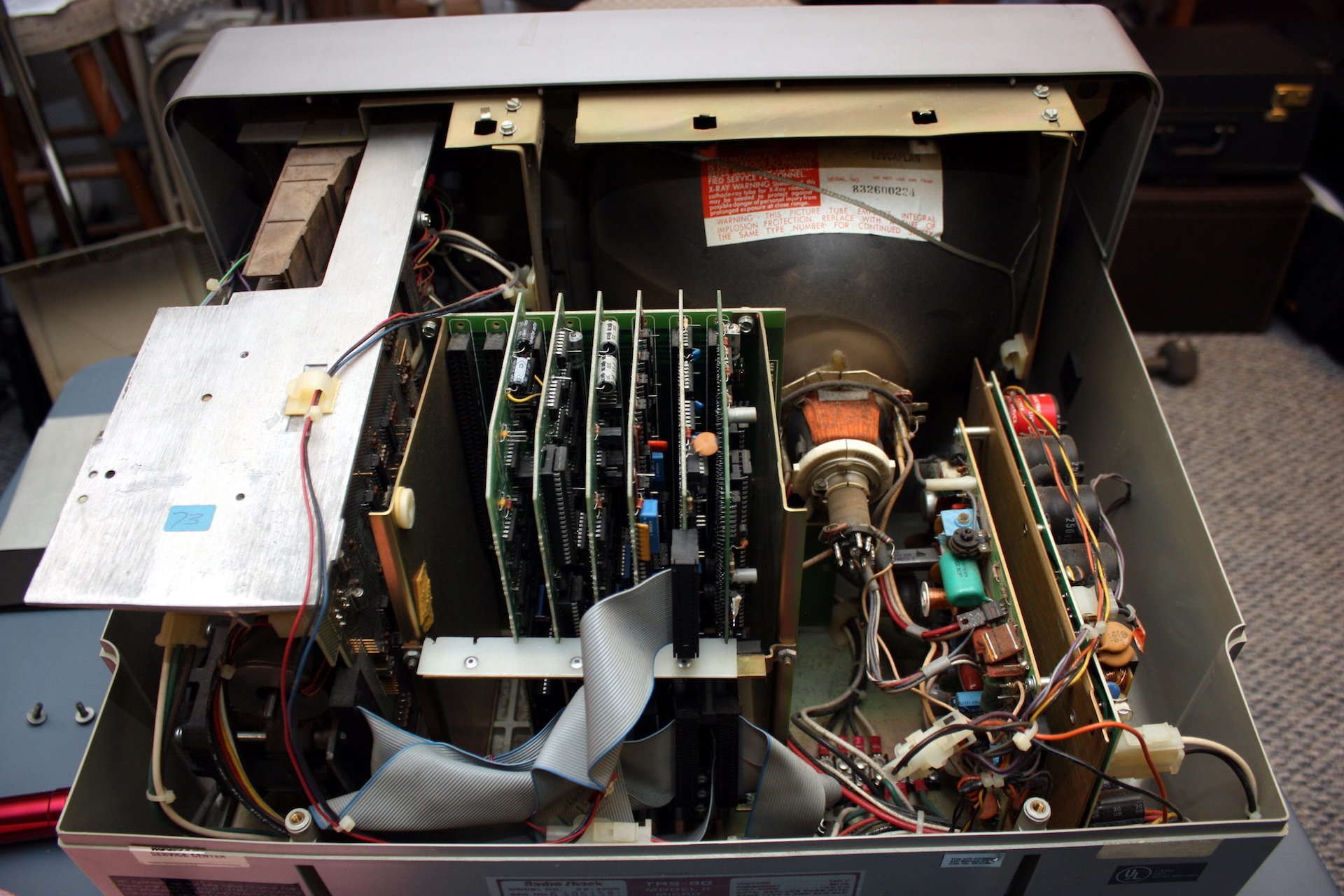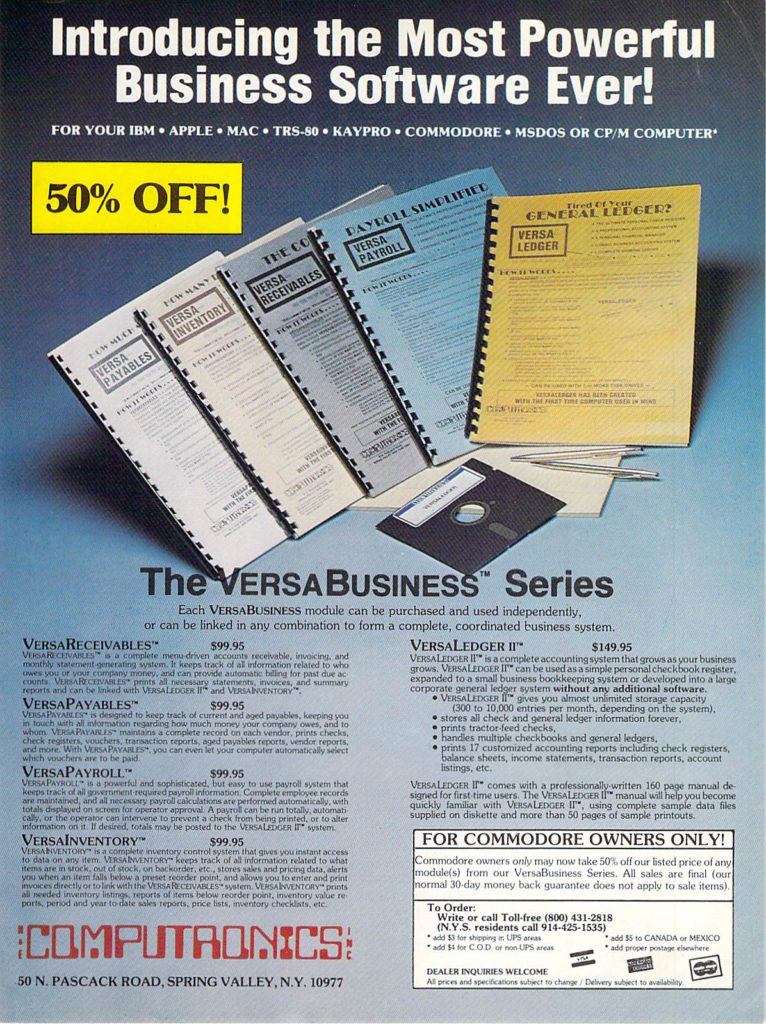Source: Pro/Files – Volume 1, Number 2 – September/October 1983
Pro/Files was an official Kaypro publication that covered their computers. Kaypro initially built portable CP/M based computers designed to compete with Osbourne. Later they built PC compatibles but they didn’t survive long after that. The September/October 1983 issue includes:
Departments
- Letters – Lots of praise for the previous issue which was the first. Also, questions about the Kaypro 4 and Kaypro 10, and more.
- Q & A – Questions answered about moving stuff over from Apple II computers, diagnosing hardware problems, using a tape punch with the Kaypro, heat related problems, CRT problems, S-BASIC, and more.
- Intro – Creating a Kaypro user group in Portland.
- Take Off – An article about creating your own software to fill a need. And maybe you can even sell it.
- Satire – All about Anthroperipheral Interface Errors (A.I.E.). Sounds related to problems that occur between the chair and the keyboard or ID10T errors…
- Groups – A bit about User Groups plust a listing of several Kaypro related groups around the country.
Features
- Business – Technophobia and introducing a computer into the workplace for the first time.
- CP/M – An article about PIP which stands for Peripheral Interchange Program. Basically, this was a standard CP/M utility for piping data and could be use to print, copy stuff to disk, etc.
- Help – Perfect Writer and WordStar and how to move files between them.
- Care – Cleaning disk drives. Why you may need to clean the heads plus what to use and how to do so.
- Novice – Part two of a series on programming languages. This part discusses structured programming languages and techniques. Examples are given in BASIC, Pascal, and C.
- Women and Computers – In 1983 95% of the buyers of computers were men. However, there were a far greater share of women actually using computers in the workplace.

…and more!







